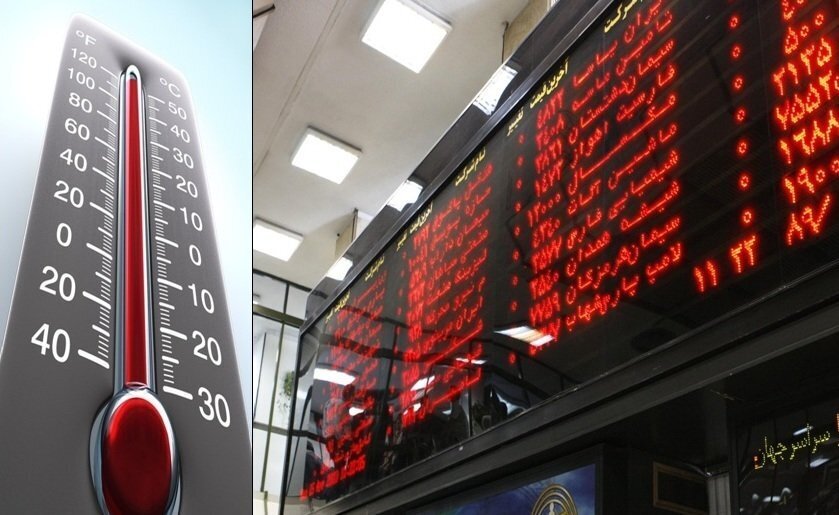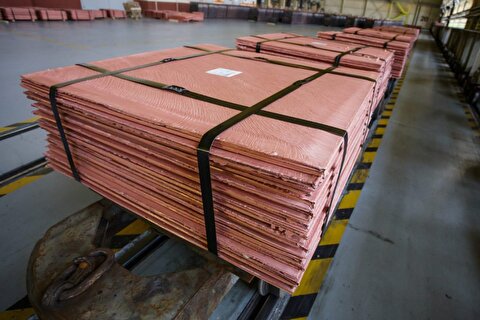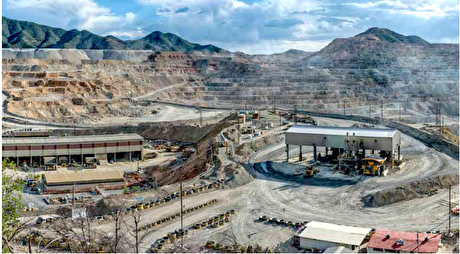
Iranian capital market: a huge capacity in need of correction

The capital market was one of the major areas in which this new strategy manifested. As part of the mentioned strategy, the government defined a holistic program to encourage the country’s production sector to enter the capital market and use its huge capacities for funding development projects and boost production.
The government also started offering the shares of a large group of its foundations, investment organizations, banks, and pension funds at the Tehran Stock Exchange (TSE), the country’s largest stock market, to direct people’s wandering capitals into a unified arena to be used for maintaining economic growth by compensating the revenues it normally earned through oil sales or foreign trade.
Following the government’s new movement, TSE attracted a whole new generation of investors. Ordinary Iranians flocked to the capital market to shield their assets from potential economic fluctuations and also to make some profit in the meantime. This caused the market’s main index (Tehran Dividend and Price Index or TEDPIX) to start rising significantly.
In early August 2020, when all the major stocks around the world were experiencing serious declines, TEDPIX surpassed two million points.
This situation created some skepticism among investors regarding the creation of a bubble in the market, and some economists and market analysts also warned about the government’s over-interfering in this market.
The government, however, continued offering more and more of its entities on the market and further encouraged people to invest in the market.
Turning the fears of the investors into reality, TEDPIX started a downward trend in mid-August and has since slumped about 38 percent, closing near 1.235 million points on Tuesday.
What President Rouhani called one of the most “astonishing rises” in the history of the stock market, became one of the most dramatic swings on record.
Now, the big question would be “what is on the horizon for the Iranian stock market?” To answer this question and to have a clearer picture of the whole situation the Tehran Times has interviewed some experts and analysts to share their opinions.
The reason for the historic decline
According to Farhang Hosseini, a capital market expert, although several external factors, including the disputes between the oil and economy ministries over the offering of the second ETF (dubbed First Refinery, or Dara Second), increase in interest rates, the ambiguities in the next year’s national budget bill, and etc. have contributed to the decline of the TSE’s main index over the past few months. The main reason for this decline is the unconventional valuation (to be more precise the over-valuation) of entities in this market for encouraging liquidity inflow.
“The market is correcting itself and most of the companies, enterprises, and funds are getting closer and closer to their real values,” Hosseini explained, adding: “The market has quickly returned to a logical valuation level and more than half of the market is within the reasonable value range.”
Behzad Samadi, market analyst and board member of a major broker in Iran, believes that the recent declines in the main index of the TSE has nothing to do with the fundamental and technical issues of the market.
He believes the main reason for this situation is the interference of the government and over-encouraging of the masses for entering the market without having the slightest knowledge even about the fundamentals of this market.
“Like its decline, the drastic growth of the market did not have any technical and standard basis,” he said.
According to Samadi, the bubble created in the TSE’s main index was partly the result of the excitement instilled by the government, and partly due to the huge gap between some entities’ real value and the prices for which they were offering their shares.
The solutions
Asked about the future of the market and the solution to stabilize the current turbulent situation, Hosseini stated that instead of interfering in the market, the government must provide the necessary economic basis in the country in order for the stock market to follow a logical trend.
“Market trends are influenced by macro-economic factors, for instance, the value of the national currency and the pricing of major products which is itself affected by factors such the prices of energy carriers like electricity and gas.”
“If the mentioned factors are stabilized, the market can fluctuate at current levels or even resume its upward trend, however, if we see an increase in production costs, a decrease in the selling prices of major products or fluctuations in the exchange rates, a decrease in the index is inevitable.”
Samadi also believes that the stock market in Iran has become a victim of politicization and disputes between the government and various parties.
A legal entity supervision body should become responsible for preventing such issues that are hurting this market which has great potentials for generating wealth and prosperity for the country.
Considering the significant growth of the population in the stock market, which is currently estimated at 40 million, the government should reconsider its policies regarding this market, he said.


Gold price eases after Trump downplays clash with Fed chair Powell

Copper price hits new record as tariff deadline looms

Brazil producers look to halt pig iron output as US tariff threat crimps demand

Chile’s 2025 vote puts mining sector’s future on the line

Gold price could hit $4,000 by year-end, says Fidelity

Three workers rescued after 60 hours trapped in Canada mine

US targets mine waste to boost local critical minerals supply

Glencore workers brace for layoffs on looming Mount Isa shutdown

Energy Fuels surges to 3-year high as it begins heavy rare earth production

Trump tariff surprise triggers implosion of massive copper trade

Maxus expands land holdings at Quarry antimony project in British Columbia

BHP, Vale accused of ‘cheating’ UK law firm out of $1.7 billion in fees

Southern Copper eyes $10.2B Mexico investment pending talks

American Tungsten gets site remediation plan approved for Ima mine in Idaho

Kinross divests entire 12% stake in Yukon-focused White Gold

Gold price could hit $4,000 by year-end, says Fidelity

Southern Copper expects turmoil from US-China trade war to hit copper

Ramaco Resources secures five year permit for Brook rare earth mine in Wyoming

Column: EU’s pledge for $250 billion of US energy imports is delusional

Trump tariff surprise triggers implosion of massive copper trade

Maxus expands land holdings at Quarry antimony project in British Columbia

BHP, Vale accused of ‘cheating’ UK law firm out of $1.7 billion in fees

Southern Copper eyes $10.2B Mexico investment pending talks

American Tungsten gets site remediation plan approved for Ima mine in Idaho

Kinross divests entire 12% stake in Yukon-focused White Gold

Gold price could hit $4,000 by year-end, says Fidelity

Southern Copper expects turmoil from US-China trade war to hit copper

Ramaco Resources secures five year permit for Brook rare earth mine in Wyoming














